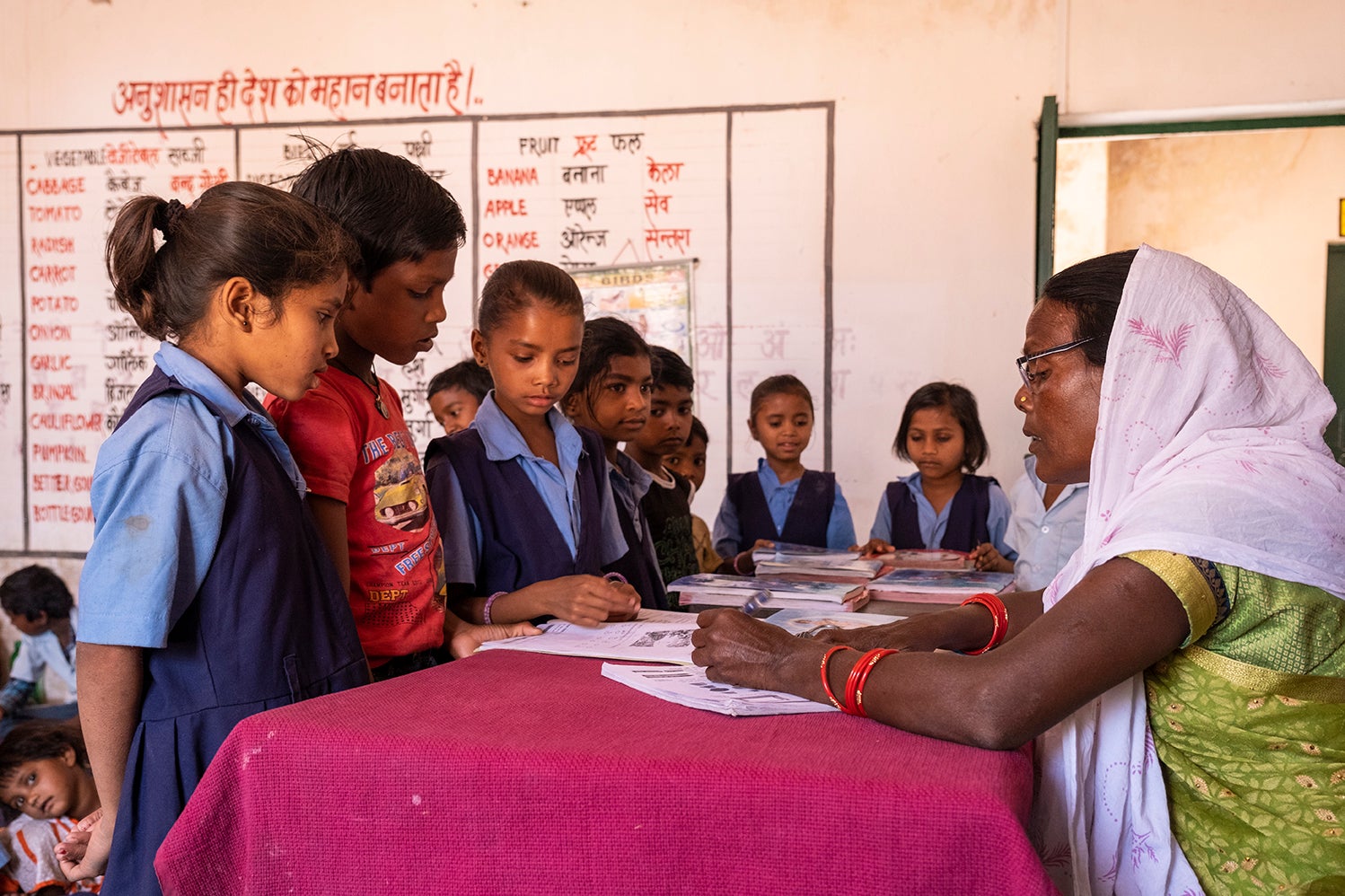India has experienced several demographic, economic, social, and cultural shifts in recent decades, described in the national-level report. Here, we describe contextual factors related to maternal and newborn health as they pertain to the higher mortality state cluster.
Community and socioeconomic development
Key distal and intermediate community development indicators known to be related to mortality reductions have also undergone rapid progress in recent decades in the higher mortality state cluster. Between NFHS 1998–1999 and NFHS 2019–2021, the percentage of households in the higher mortality state cluster with electricity increased from 41% to 94%, the percentage of households with improved toilets rose from 25% to 62%, and the percentage of households with telephones grew from 4% to 93%., This progress is complemented by other indicators of progress—the percentage of households in the higher mortality state cluster with access to bank accounts increased from 37% to 96% between NFHS 2005–2006 and NFHS 2019–2021., This aspect of development is crucial considering India’s investment in conditional cash transfer incentive schemes that require bank account deposits.
Nutritional status
Progress related to nutritional risk factors for mortality has been mixed in the higher mortality state cluster. Across higher mortality Exemplar states, the percentage of births to underweight mothers generally decreased substantially while maternal anemia remained relatively constant and high. For example, in Madhya Pradesh, between the 2005–2006 NFHS and 2019–2021 NFHS surveys, the percentage of births to underweight—defined as body mass index below 18.5—mothers decreased from 45% to 25% while maternal anemia rate declined only slightly, from 63% to 60%.,
Women’s empowerment
Progress in women’s empowerment in India cannot be fully captured by one specific indicator, but together, improved educational attainment, higher age at first marriage, lower fertility rates, and improved autonomy in decision-making highlight that progress has been made in India. As one government partner described, women’s empowerment was found to be “the cornerstone of everything” that India had achieved in maternal and neonatal health over recent decades.
The percentage of women in the higher mortality state cluster who received secondary education increased from 33.7% to 59.1%, whereas the percentage who were literate improved from 44.1% to 64.9% between the 2005–2006 NFHS and 2019–2021 NFHS., The median age at first cohabitation after marriage also increased slightly from 16.9 to 18.5 over the same time span., Women are also increasingly decision-makers about their own health, with the percentage of women reporting that their husband solely decided on their health care declining from 29.6% to 15.7% between the 2005–2006 NFHS and 2019–2021 NFHS., Similarly, the percentage of women who reported that they jointly made health care decisions with their husband increased from 34.8% to 74.4% between the two surveys.,

